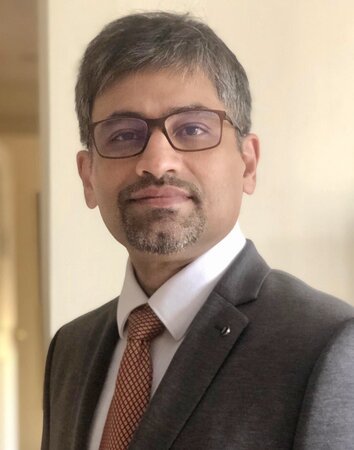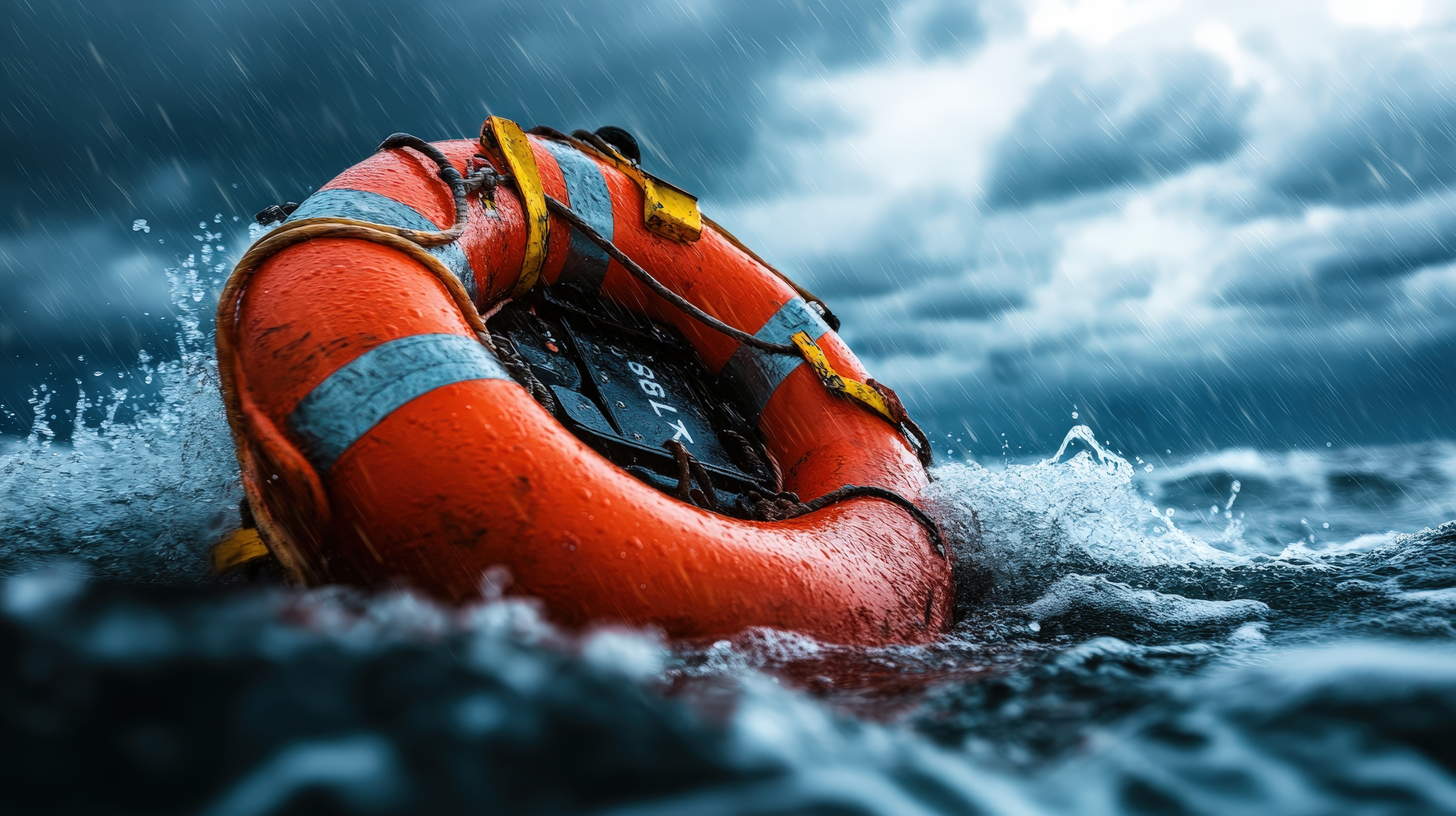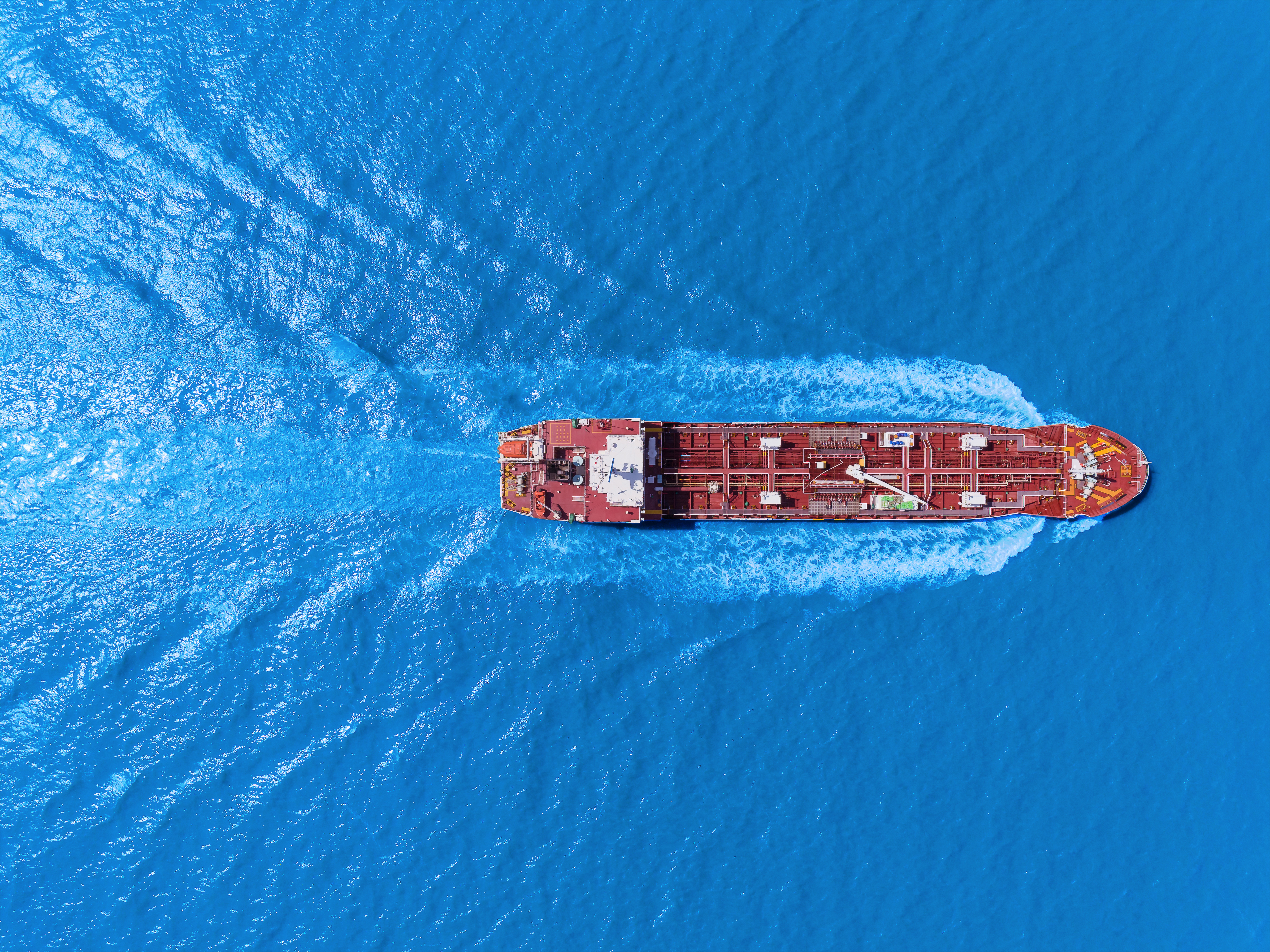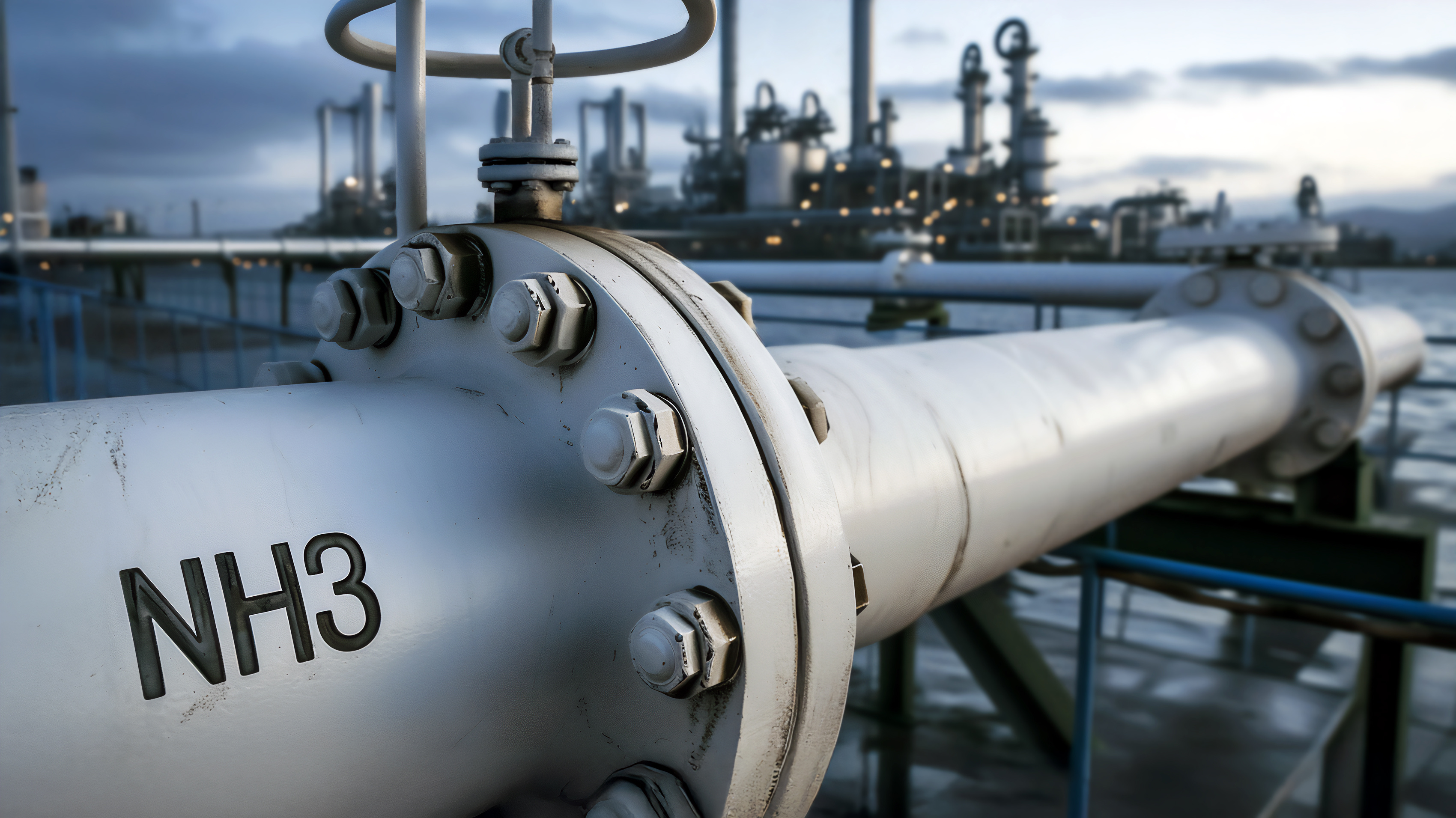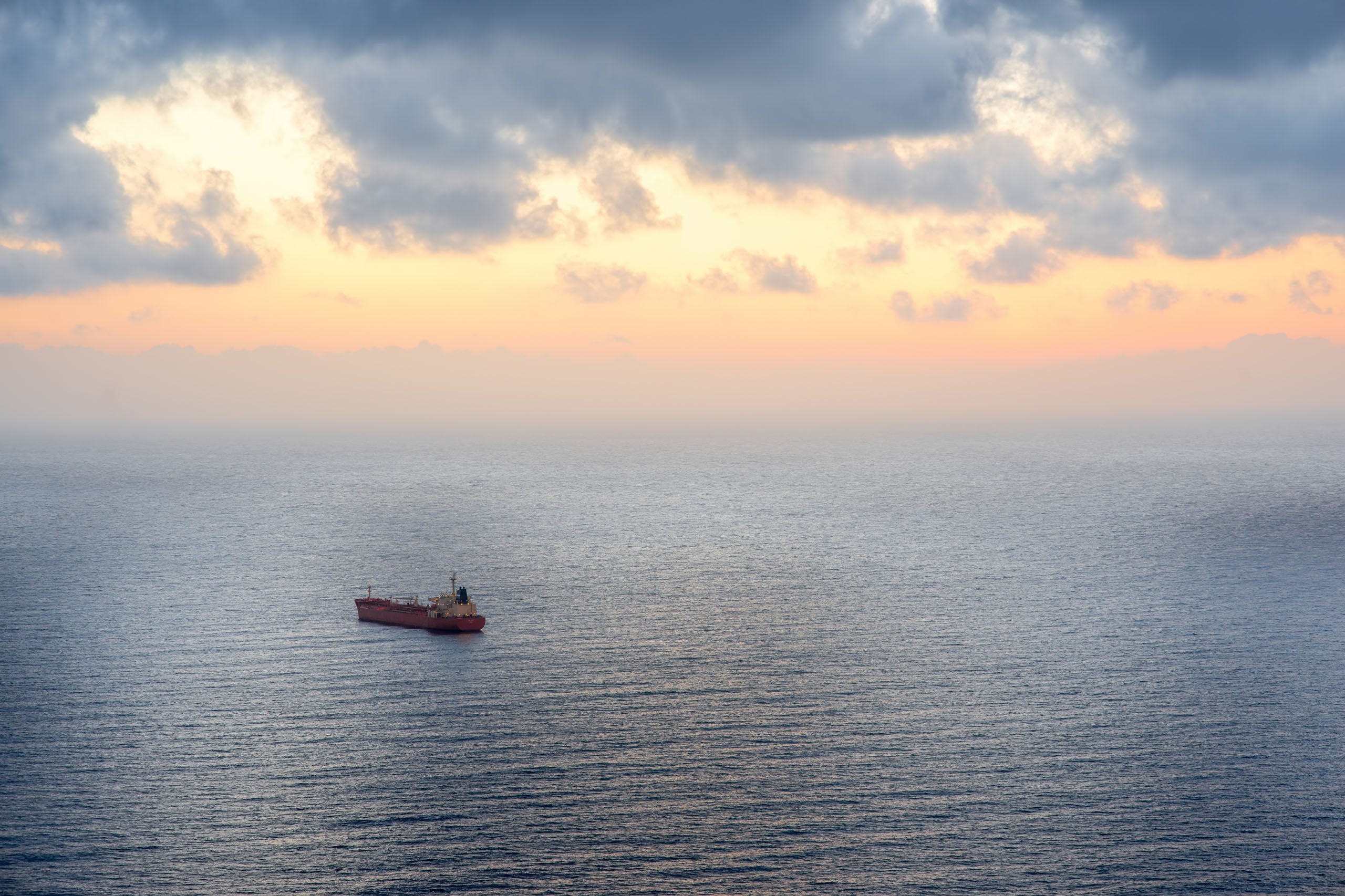
The International Maritime Organization (IMO) has designated following Emission Control Areas (ECAs) to date: the Baltic Sea area, the North Sea area, The United States, Canada and the United States Caribbean Sea area.
These Emission Control Areas (ECA) are defined under MARPOL Annex VI as areas where the adoption of special mandatory measures to regulate emissions from ships is required to prevent, reduce, and control air pollution from NOX and/or SOX and/or particulate matter (PM) and their adverse impacts on human health and the environment.
All ships travelling within these zones must abide by more stringent fuel quality standards to reduce emissions of sulphur oxides (SOX) and particulate matter, with different engine standards for newbuild ships to control nitrogen oxide (NOX) emissions.
There are ongoing efforts to expand ECAs to other regions, including the Mediterranean Sea.
A global fuel sulphur cap of 0.5% was introduced from 1 January 2020, while the 0.1% sulphur cap continued to apply within the ECAs designated under MARPOL Annex VI. Additionally, there are many countries where specific sulphur caps at the anchorage, in-berth, coastal or inland waters apply based on their domestic law.
Such locally specific sulphur restrictions are currently applicable in the European Union, Turkey, Iceland, California, Sydney, China and South Korea. As a way of reminder, from 1 January 2022 the following additional sulphur and fuel change-related requirements became mandatory in China and South Korea.
China Fuel Sulphur Cap
The Chinese government addressed its shipping-generated air quality problems by designating its own domestic ECAs and announced a phased-wise implementation of requirements covering emissions of air pollutants from ships.
Initially, a coastal ECA was designated and included all sea areas and ports within China’s territorial sea, as well as a specially designated ECA in China’s southernmost province Hainan, the Hainan Coastal ECA. In addition, two inland ECAs were also established, including parts of the Yangtze River and the Xi Jiang River. These local ECAs are based on Chinese domestic law and are not MARPOL Annex VI designated Emission Control Areas.
While China currently continues to apply a 0.5% sulphur cap in its coastal ECA, ships destined for the Yangtze River and the Xi Jiang River must use fuel with a sulphur content not exceeding 0.1%. From 1 January 2022, a sulphur cap of 0.1% will also apply to seagoing vessels entering Hainan Waters within the coastal ECA. Any fuel change-over operation must be completed before the entry into or commenced after exiting from an ECA.
South Korea Fuel Sulphur Cap
South Korea has also implemented mandatory SOx Emission Control Areas (SECAs) requiring the use of 0.1% sulphur fuel by ships in specified port areas. The SECAs cover South Korea’s five major port areas: Incheon (including Gyeongin port), Pyeongtaek-Dangjin, Yeosu-Gwangyang (including Hadong port), Busan and Ulsan.
All ships (including foreign-flagged vessels) berthed or at anchorage in the above SECAs must ensure that, one hour after mooring (or anchoring) and one hour before de-berthing (or heaving anchor), sulphur content of fuel oils used on board does not exceed 0.1% m/m (or an approved equivalent arrangement is used). Additionally, and effective from 1 January 2022, all ships (including foreign-flagged vessels) entering or leaving the SECAs must comply with the same 0.1% m/m sulphur fuel limit using the appropriate fuel oils (or approved equivalent arrangement).

